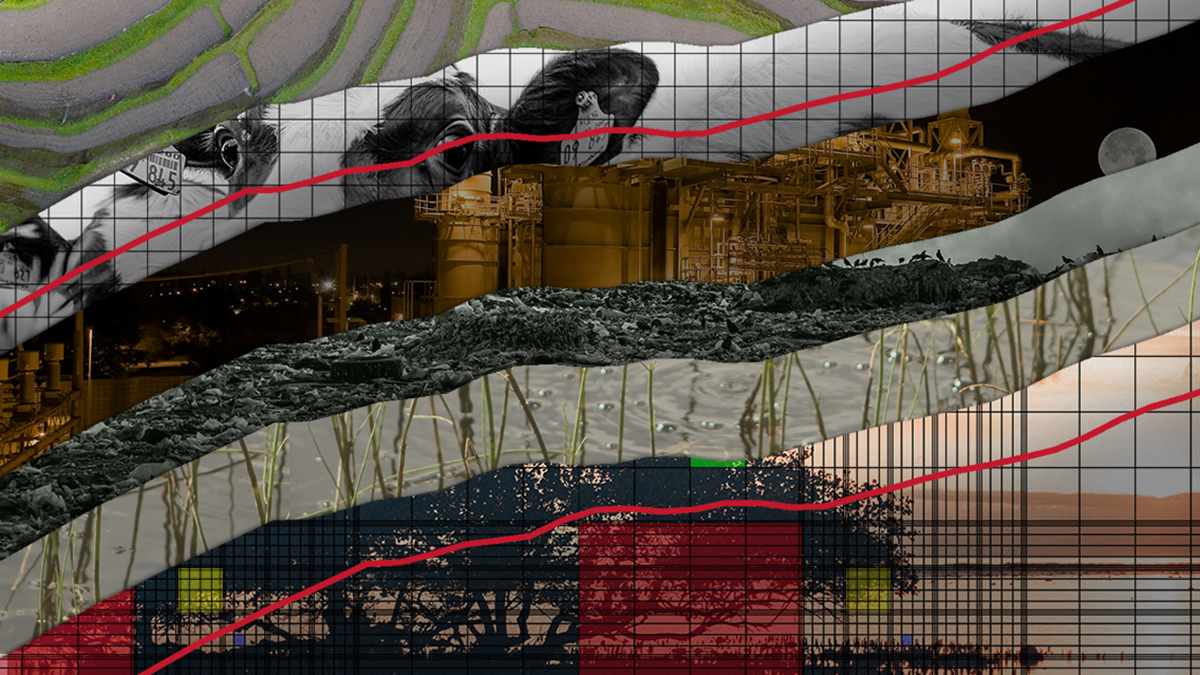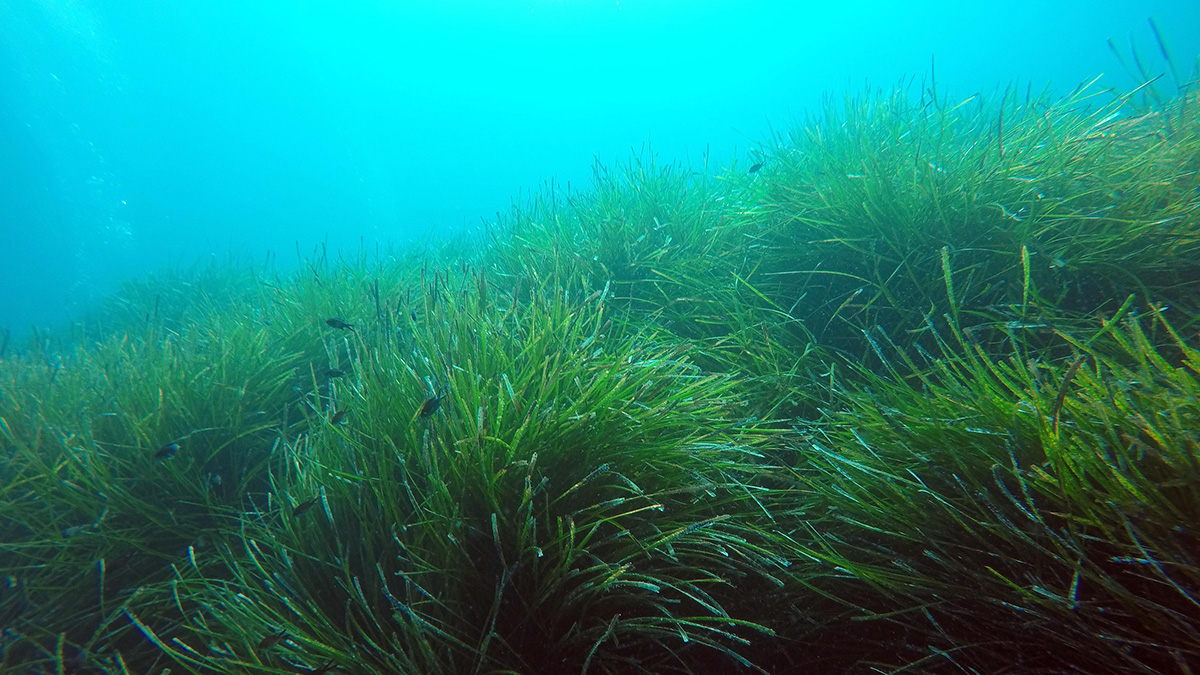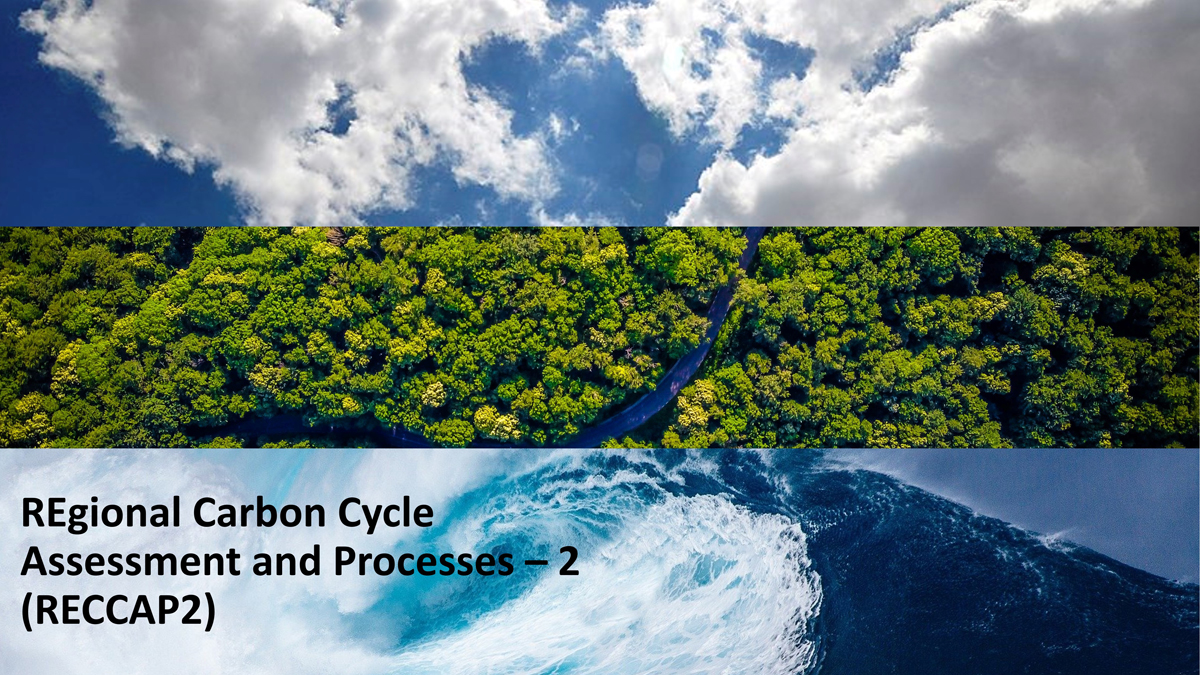The Curve is a series charting the mysterious rise of methane in our atmosphere and the quest to find its source.
methane
Mortality of Seagrass Meadows May Not Kill Their Methane Release
New research indicates that seagrasses continue to release methane even after they die, complicating blue carbon initiatives.
Inventorying Earth’s Land and Ocean Greenhouse Gases
A new special collection in AGU journals will present findings from the Second REgional Carbon Cycle Assessment and Processes (RECCAP2) study with a decade of data on greenhouse gas growth.
The Mystery of Methane on Mars Thickens
Two recently published papers zoom in on the mystery source of methane in the Martian atmosphere.
Lo que una nueva orden ejecutiva significa para frenar las emisiones de metano
La orden ejecutiva de Biden llama a considerar una nueva regulación de metano que viene justo después de un nuevo análisis global del impacto del combustible en el cambio climático.
Scientists Turn Back Time to Track Methane Emissions on Mars
Period spikes of methane on Mars could originate inside Gale crater, where NASA’s Curiosity rover is currently exploring.s
Hot Lakes in a Cold Climate
Arctic warming may release less carbon dioxide from high latitude lakes but increase their climate impact by releasing more methane.
Export of Different Carbon Types from a Boreal Catchment
Carbon export in boreal catchments depends on the landscape setting and differs for snowmelt and rainfall events.
Exploring Methane Emissions from Africa’s Tropical Forests
Global methane budgets suffer from a lack of field studies in African forests, but new research sheds light on methane emissions and uptake from upland forests in the Congo Basin.










